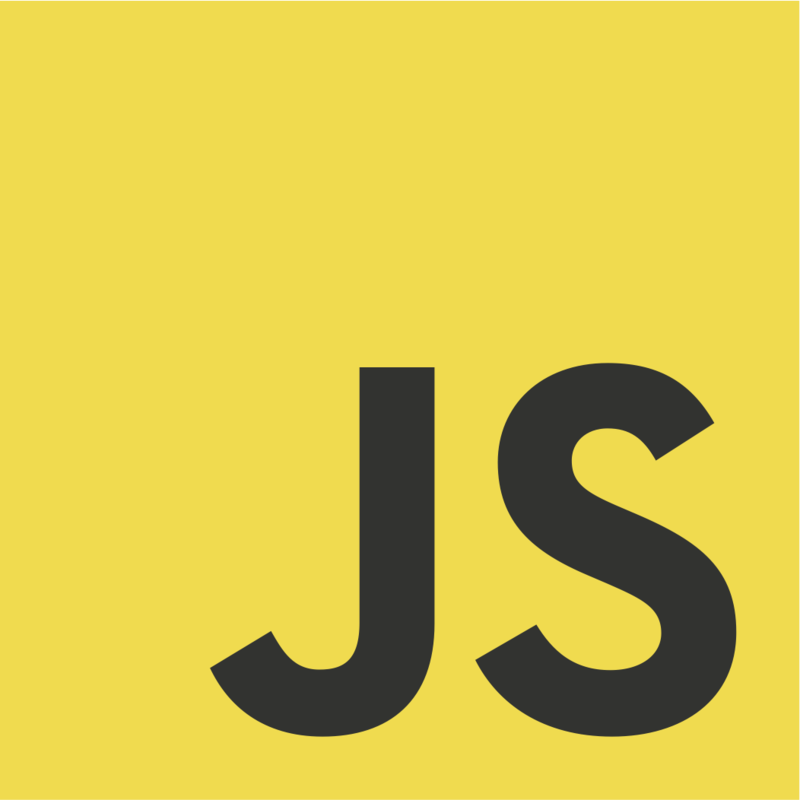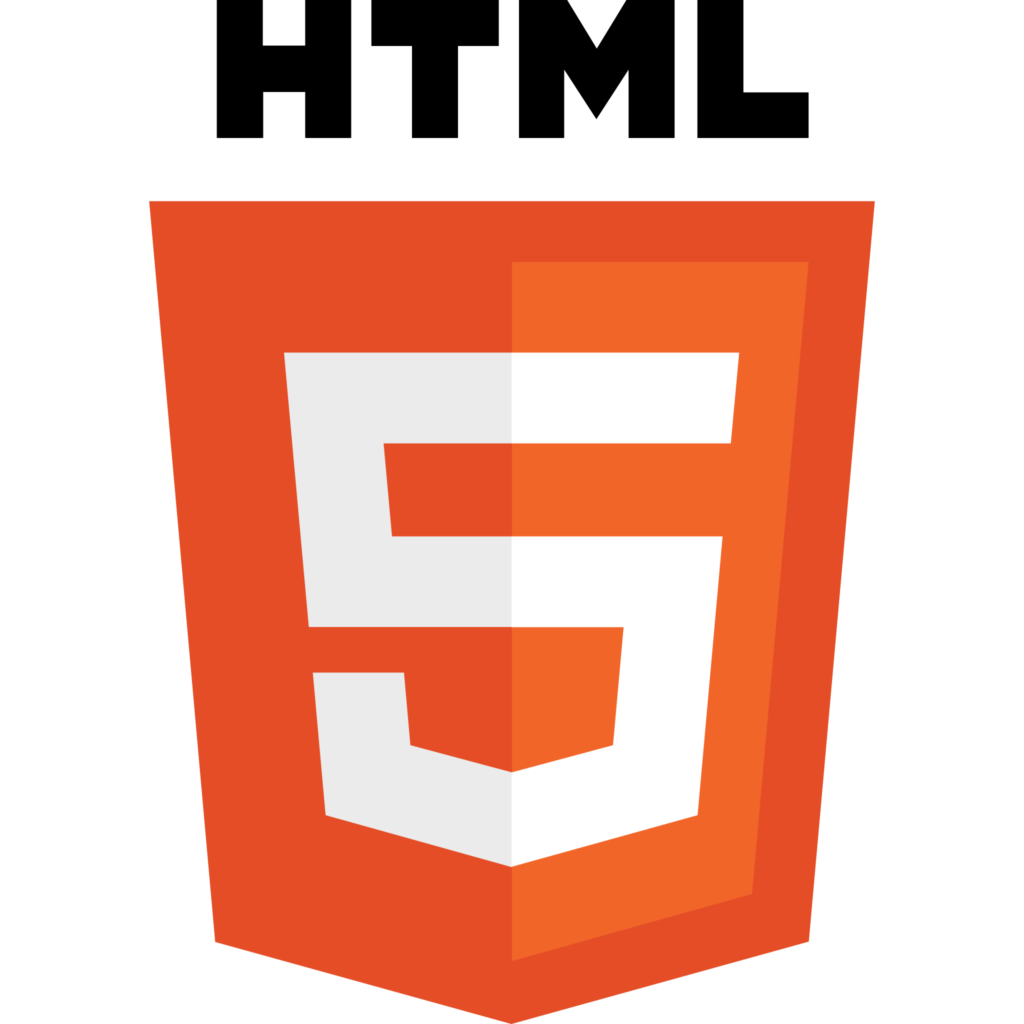A/B Testing Development & Quality Assurance
For CRO AGENCIES & IN-HOUSE CAMPAIGNS
Our Trusted Partners


Our Awesome services for your success.
We offer organizational and executive coaching with a candid, yet empowering approach.
Plan Your Test, We'll Do The Rest

Years of Experience
0
+

Campaigns Delivered
0
+

Lines of Code Written
1
M

Optimized Websites
1
+






